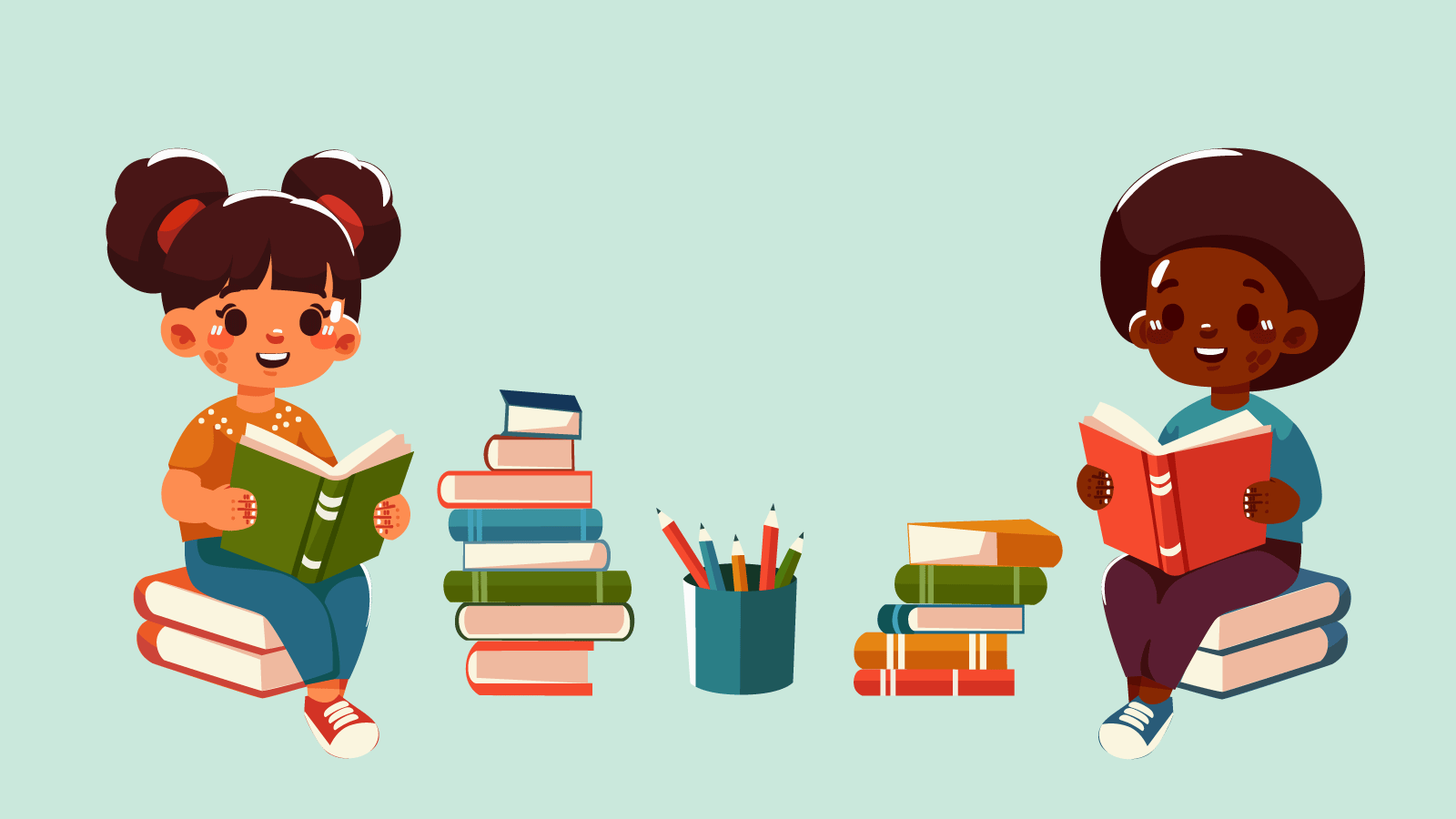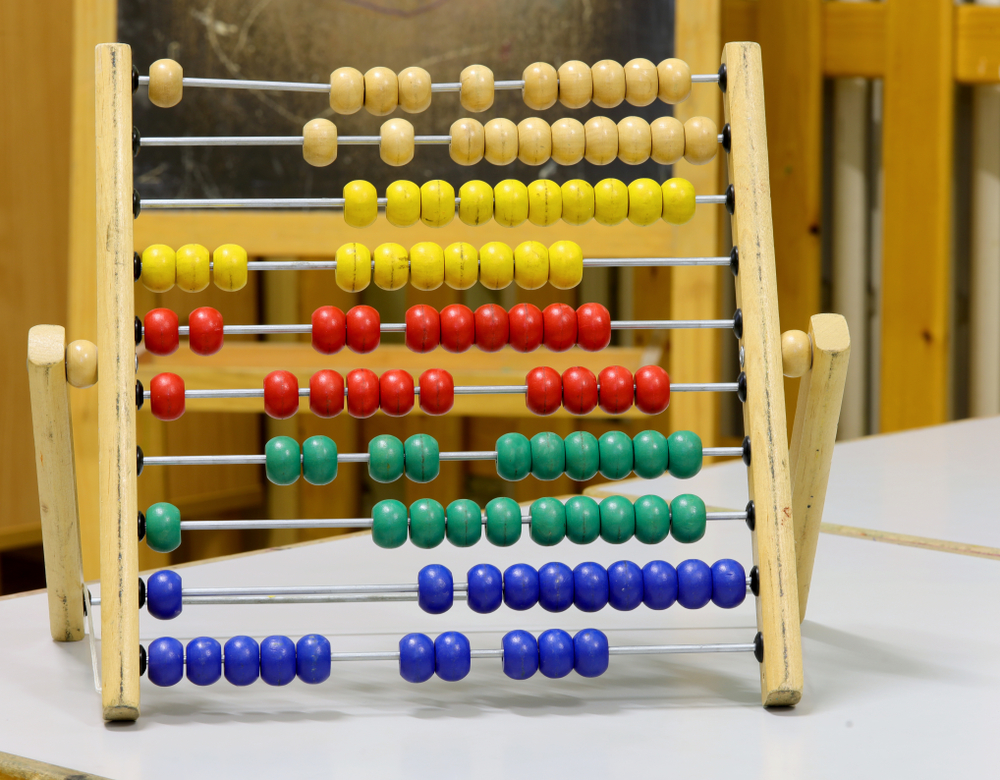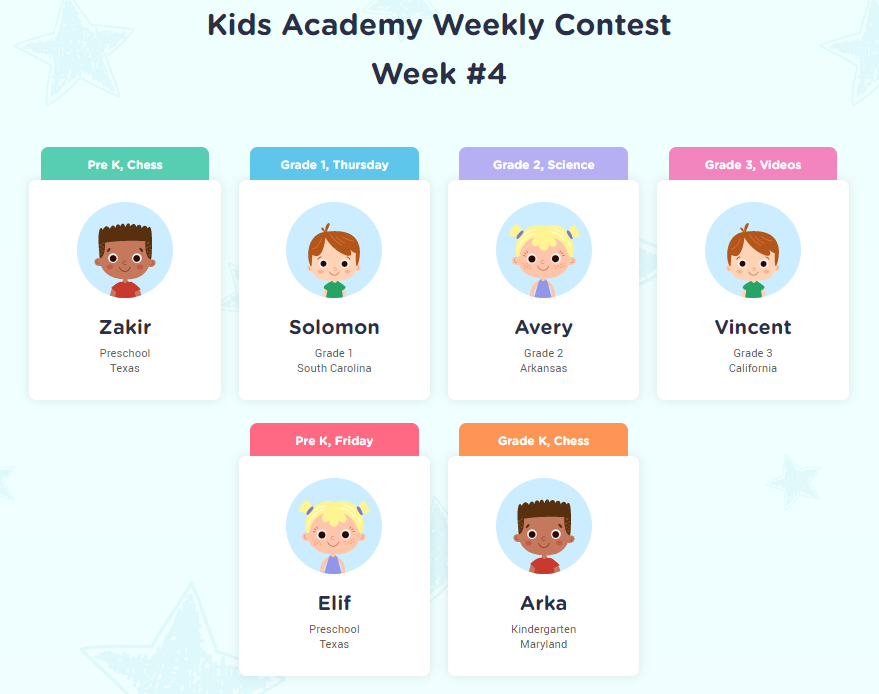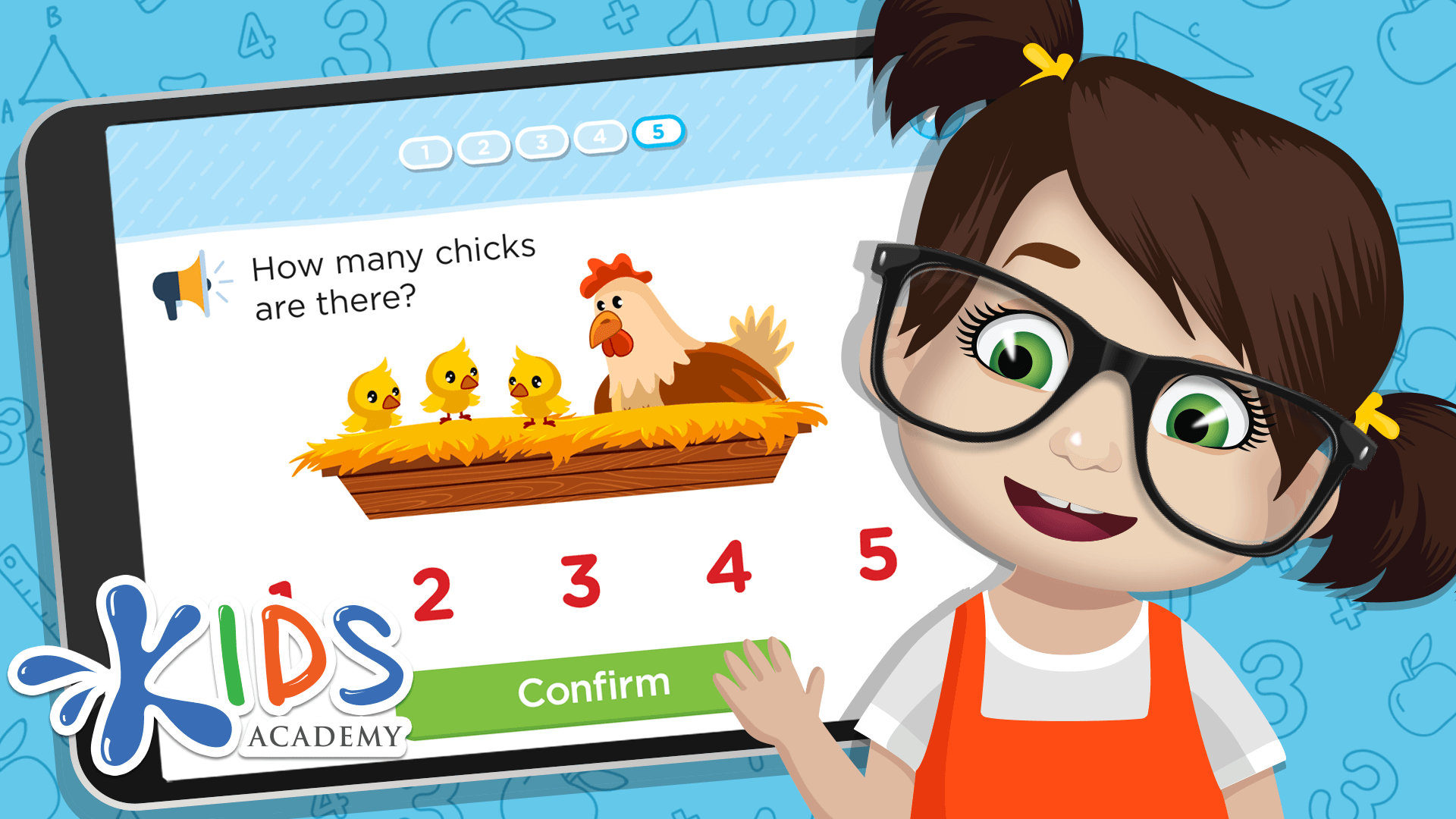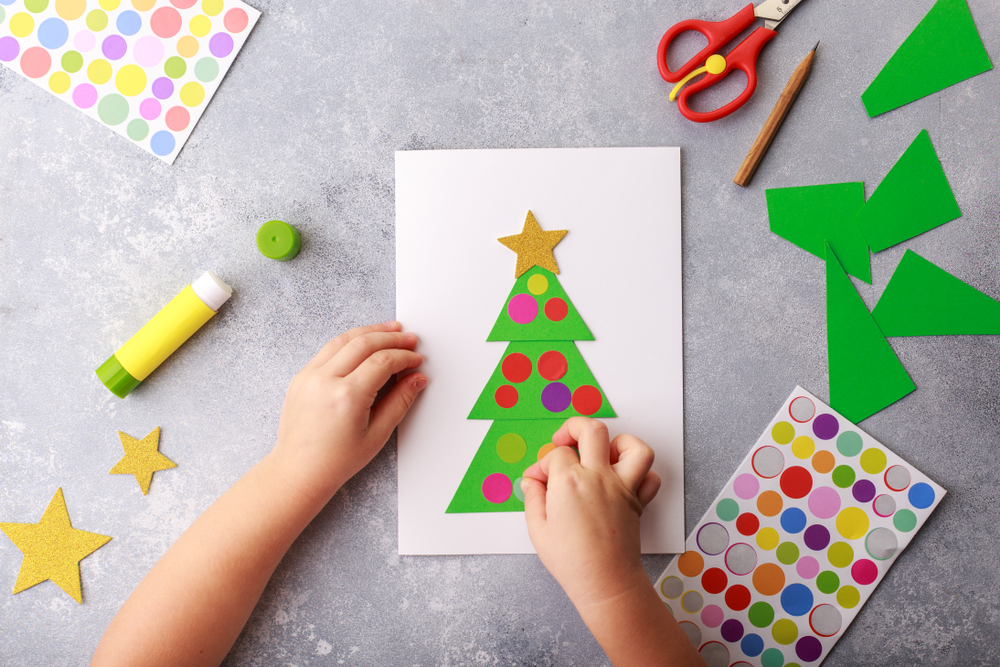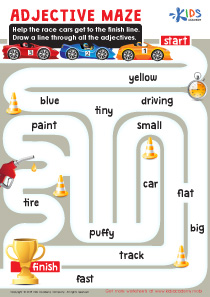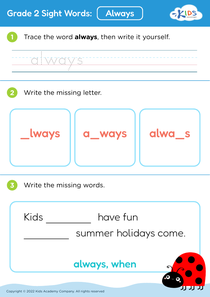Integration of Knowledge and Ideas worksheets for Grade 2
6 filtered results
-
From - To
Enhance your Grade 2 students' reading skills with our "Integration of Knowledge and Ideas" worksheets. Designed in accordance with Common Core State Standards, these engaging printables help young learners analyze and synthesize information from various texts. Activities encourage critical thinking as students compare character actions, plot developments, and themes within and across stories. Perfect for classroom use or at-home learning, these worksheets foster a deeper understanding of literature and promote effective interpretation skills. Explore our collection and empower your students to make connections, draw conclusions, and enhance their overall comprehension in an enjoyable and interactive way!
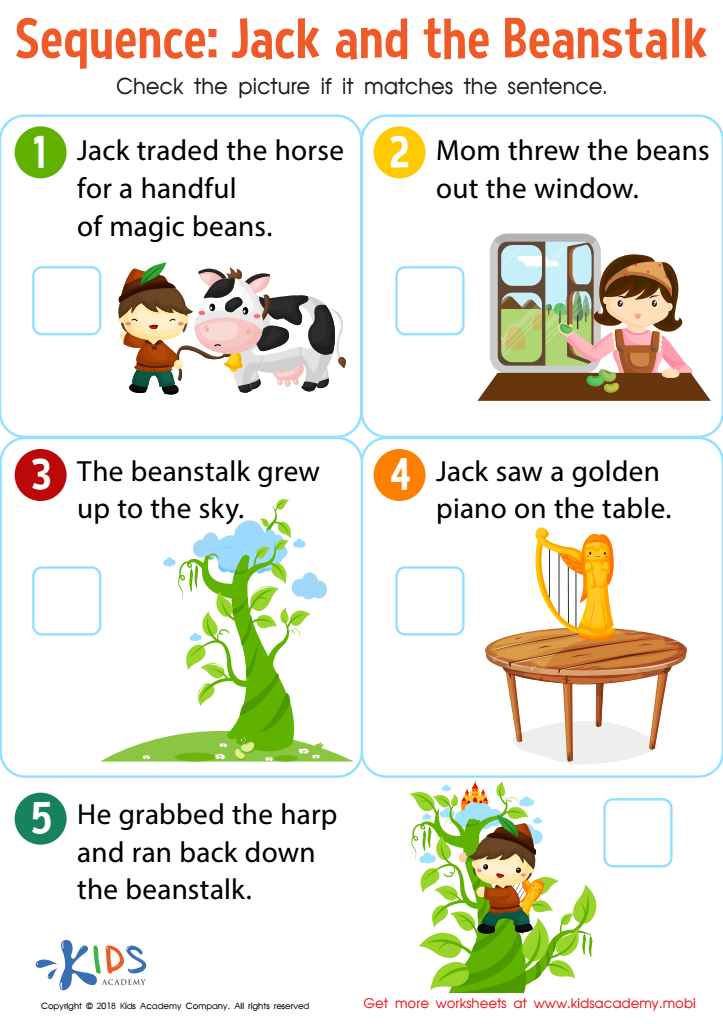

Sequence: Jack and The Beanstalk Worksheet
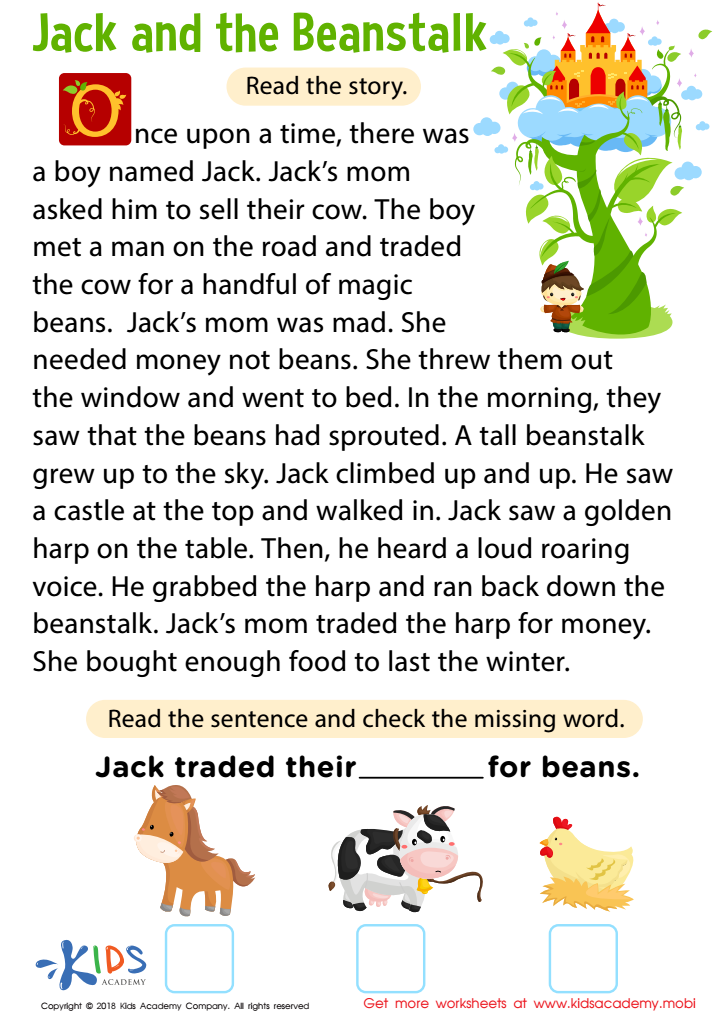

Jack and Beanstalk Worksheet
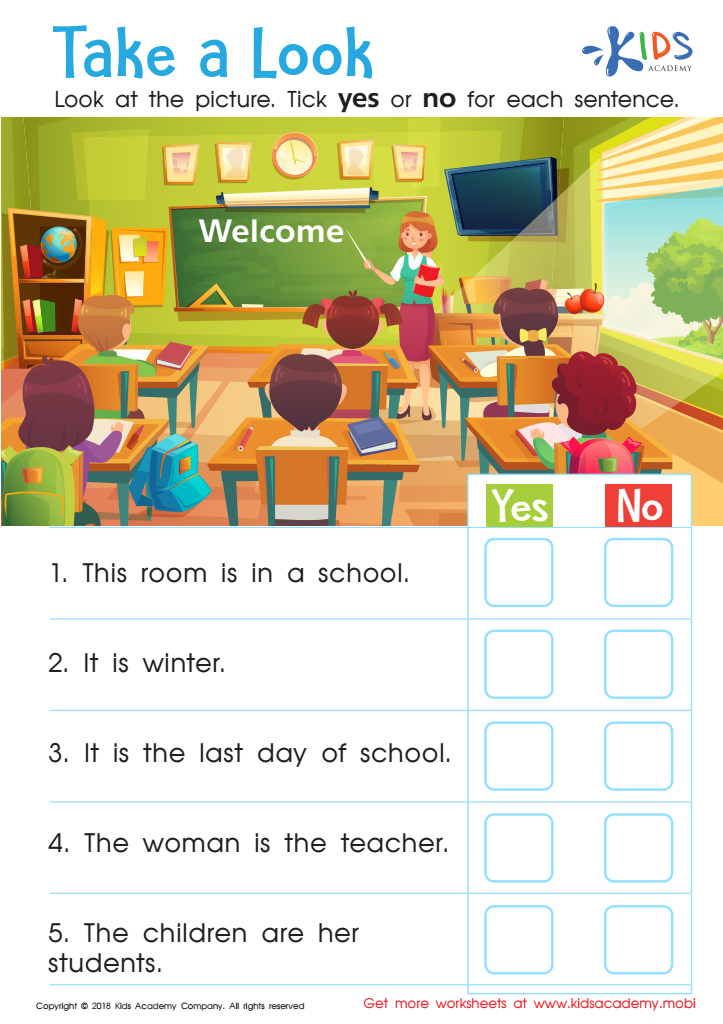

Take a Look - Part 2 Worksheet


The Ant and The Grasshopper Printable
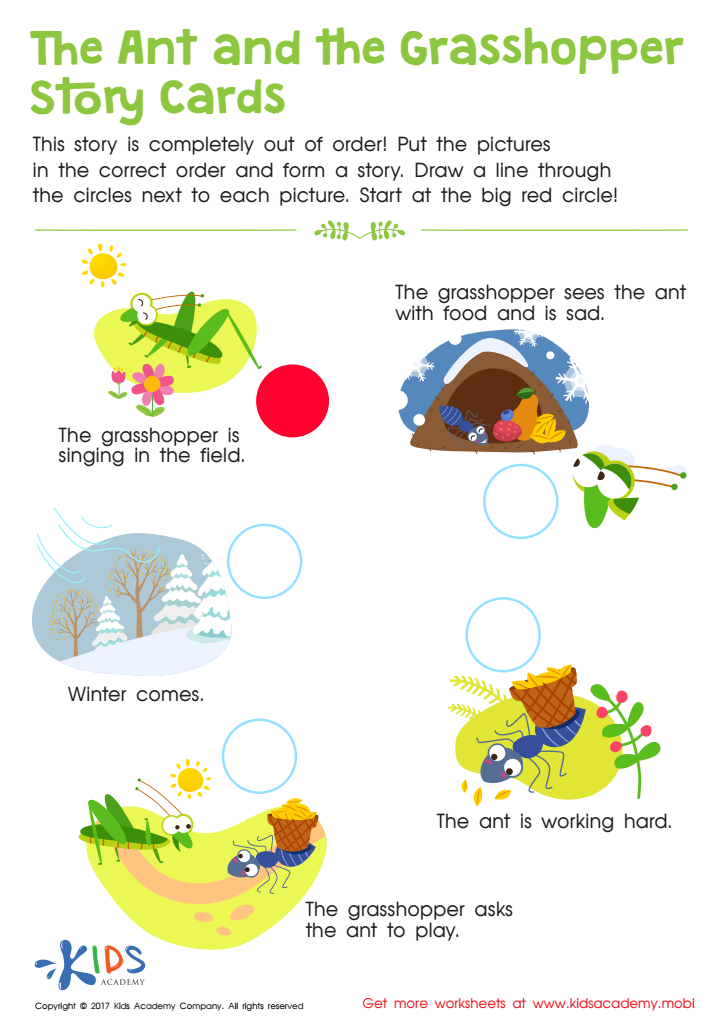

The Ant and The Grasshopper Worksheet
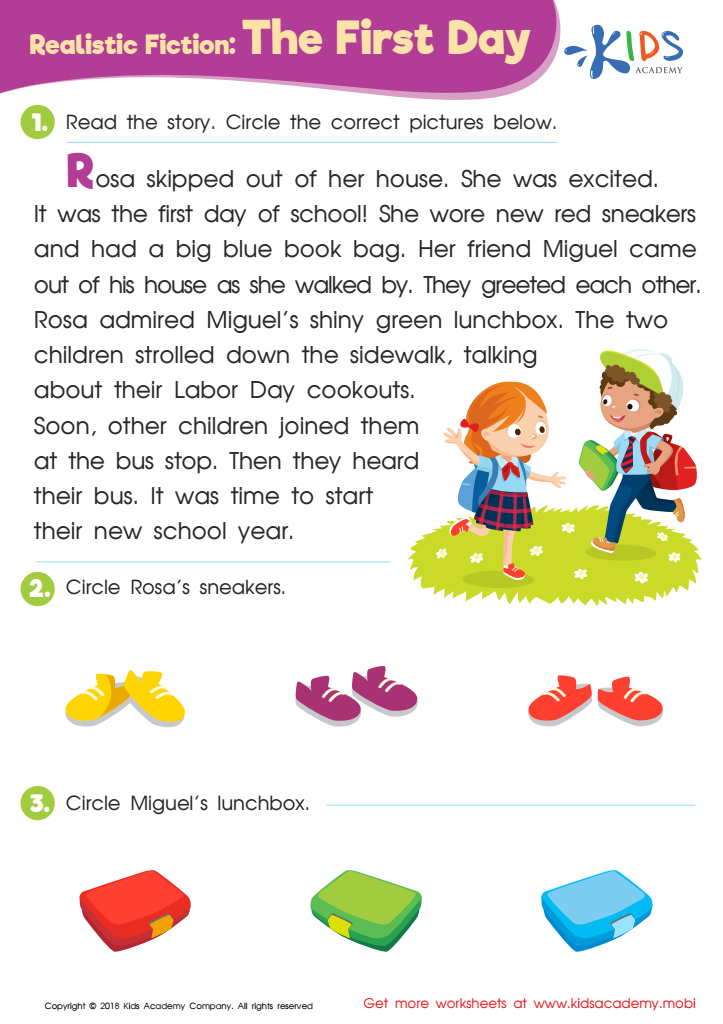

Realistic Fiction: The First Day Worksheet
Integration of Knowledge and Ideas is a critical component of Grade 2 education, and it significantly impacts the development of young learners. For parents and teachers, fostering this skill nurtures children's comprehensive understanding of complex concepts across subjects. At this age, students are transitioning from learning isolated facts to making connections between ideas, which is essential for critical thinking.
By encouraging students to integrate knowledge from various sources—such as texts, illustrations, and discussions—adults can support them in drawing conclusions, making predictions, and supporting arguments with evidence. This integration helps children develop skills to analyze information, enhancing their ability to understand and communicate their thoughts clearly.
Moreover, as children progress in their education, these foundational skills are vital for tackling more advanced material. When students learn to synthesize ideas, they become more engaged and confident in their learning, making them better prepared for future academic challenges.
Finally, supporting Integration of Knowledge and Ideas contributes to a richer educational experience that caters to diverse learning styles. By emphasizing this skill, parents and teachers are empowering students to be curious learners, who can explore and connect various concepts, paving the way for lifelong learning.
 Assign to My Students
Assign to My Students


